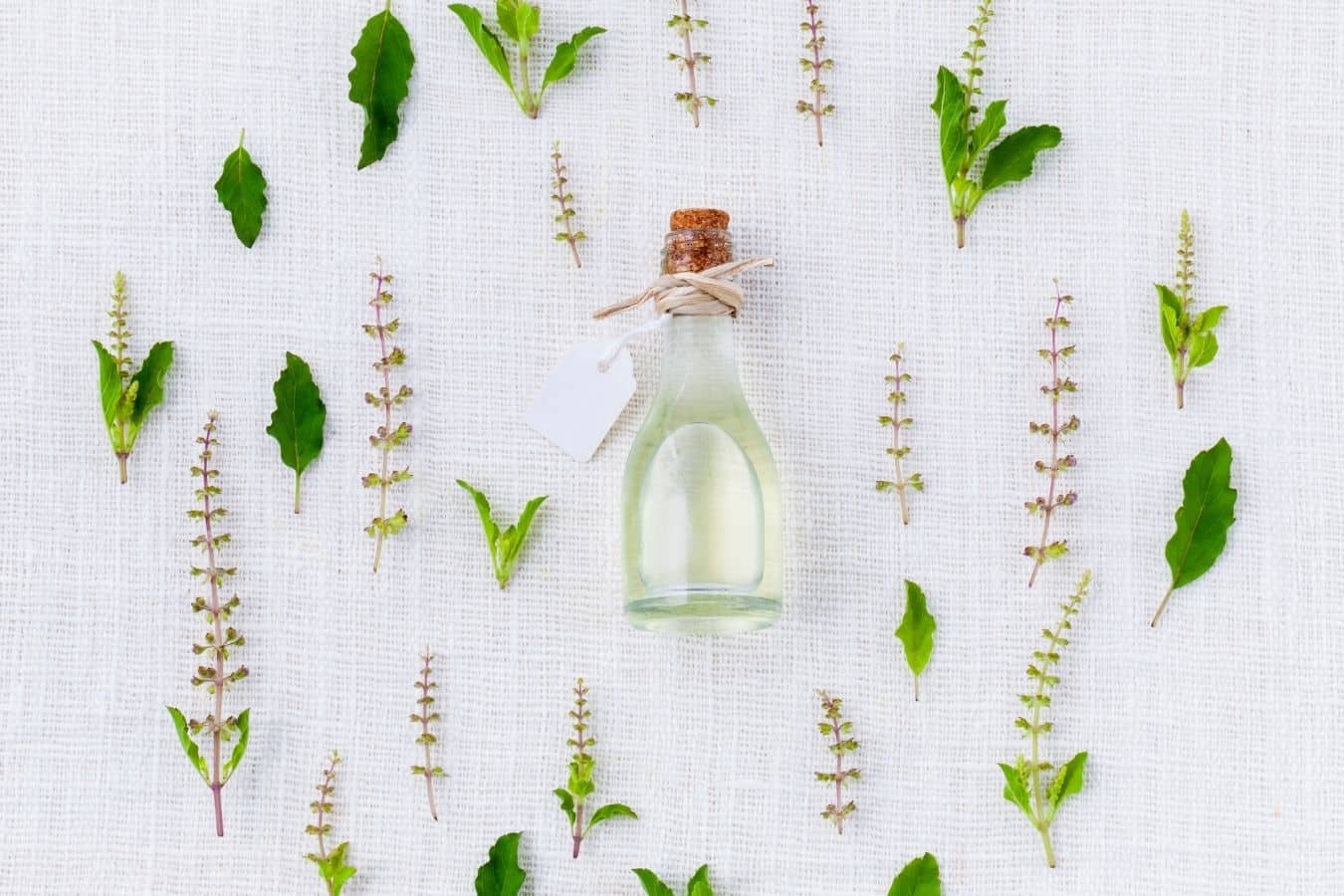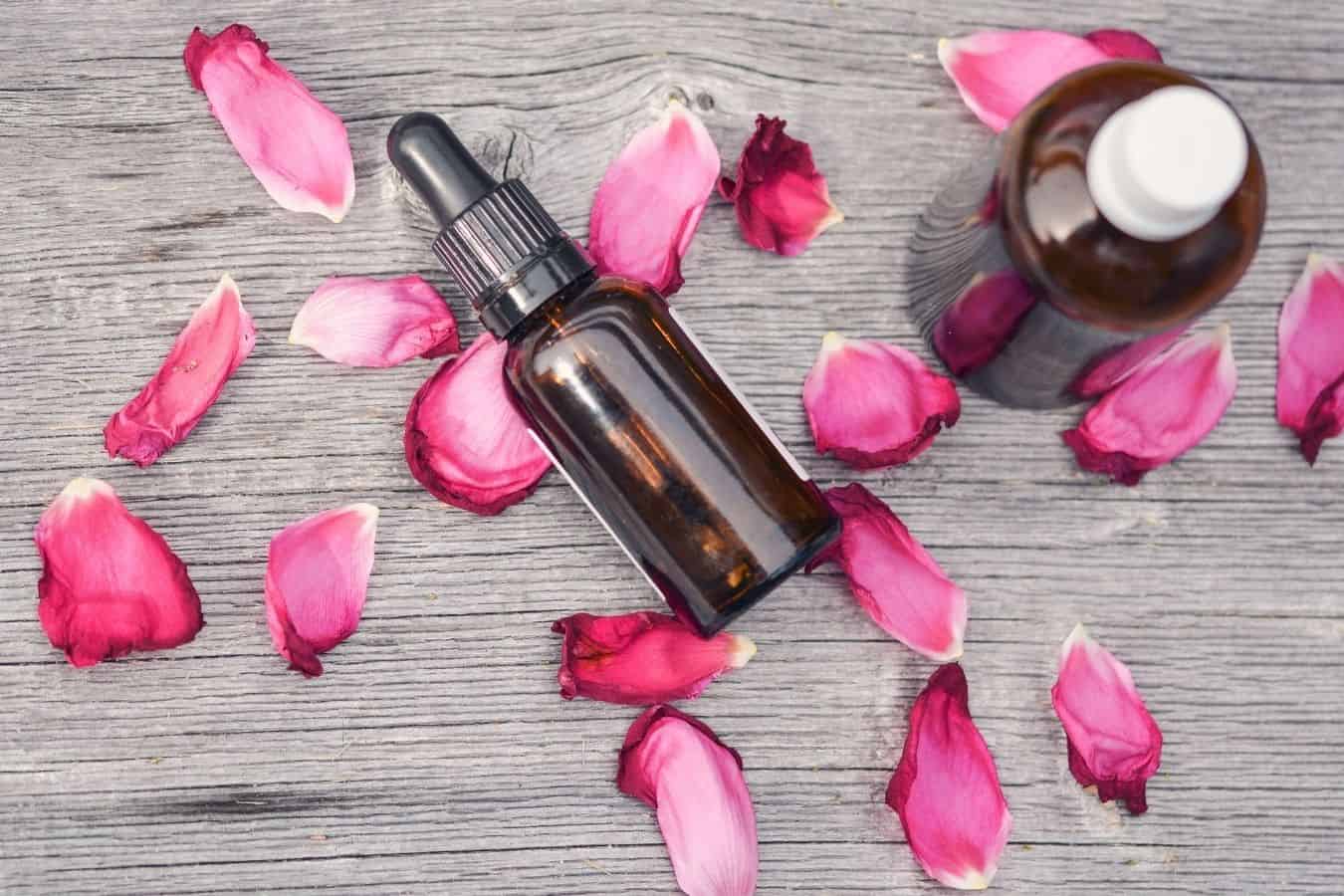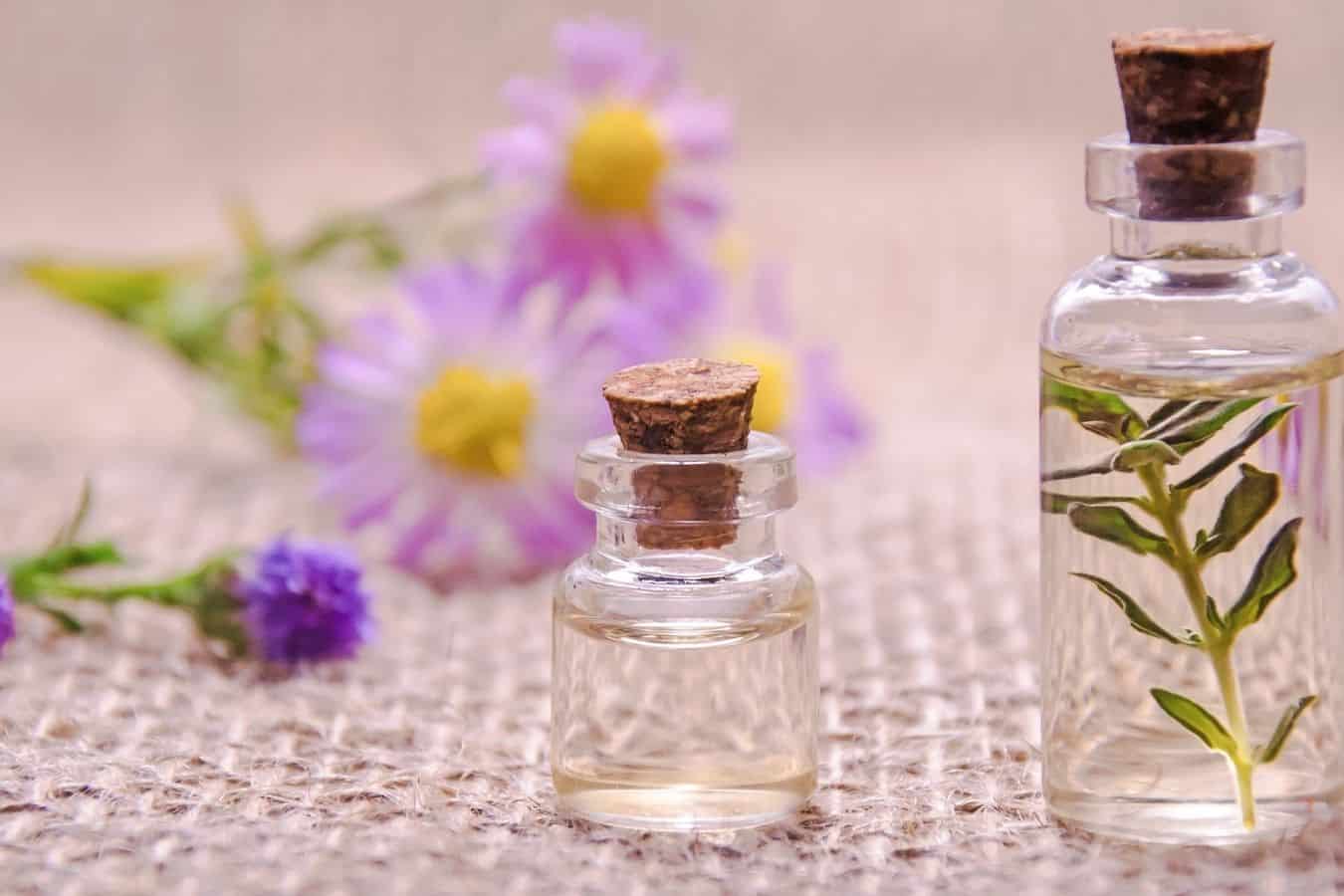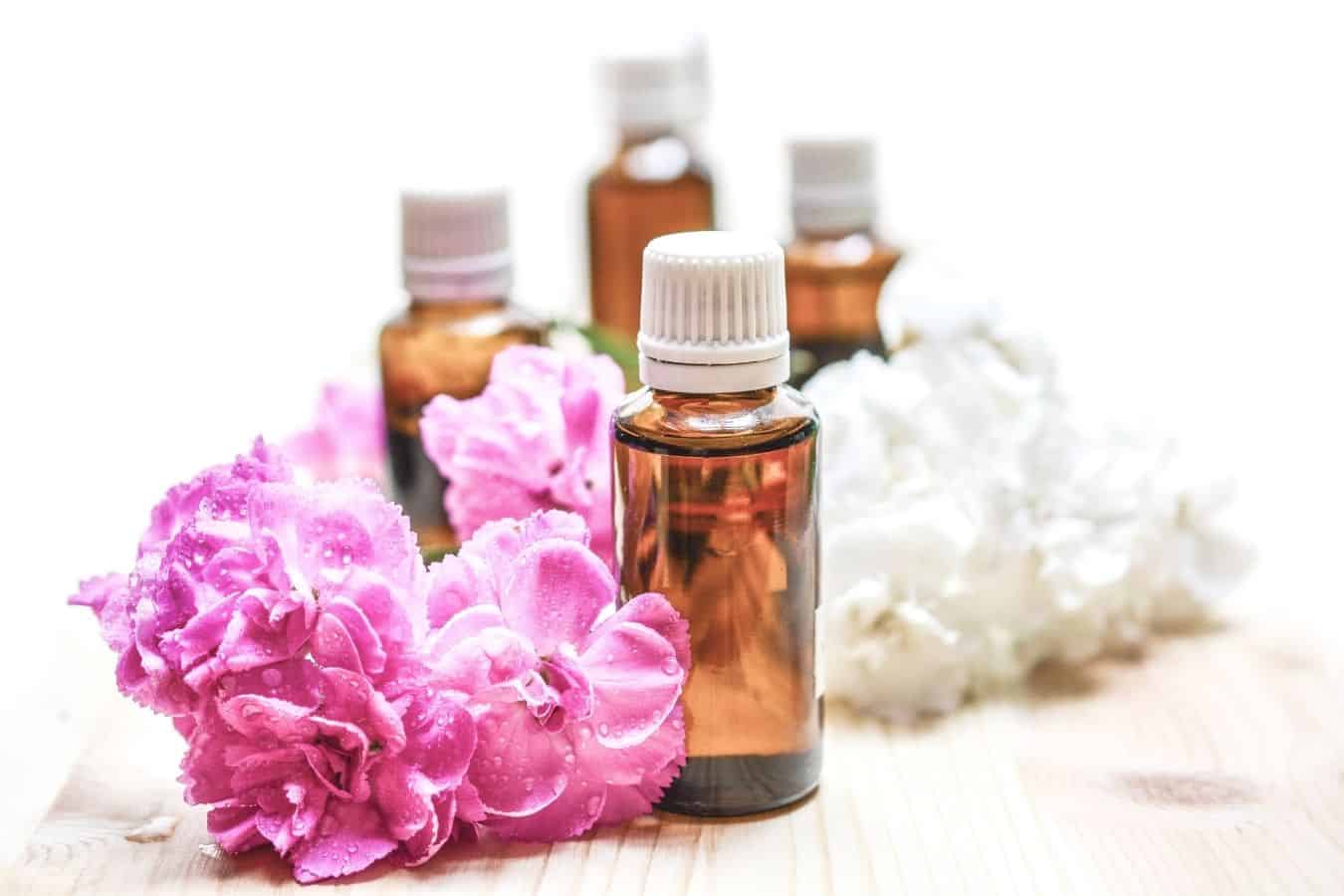Sealing oils, moisturizing oils – what’s the difference? It can be confusing knowing exactly what a product is doing for your hair. In this article, we explain exactly what a hair sealant is.

What Are Hair Sealants?
A hair sealant is oil-based, whereas a moisturizer is water-based. Hair sealants are designed to lock in moisture that moisturizers add, so you should be using them after having moisturized your strands for super-hydrated locks.
A hair sealant is not the same as a hair moisturizer. A moisturizer is there to penetrate the hair shaft and boost your hair’s hydration levels thanks to its water content.
A sealant, however, is there to lock that moisture in. It doesn’t penetrate the shaft, but it will ‘seal’ in the moisture added by the moisturizer.
You should therefore aim to use a hair sealant after having used a moisturizer.
People with natural hair will tend to need to use a hair sealant to a greater degree than any other texture.
Natural hair can become more dry and brittle than other hair types as a result of its tight kinks or coils.
Locking in moisture with a sealant helps to combat this and will make hair more manageable by lubricating it, thereby minimizing knots and tangles.
How Are Sealants Different To Moisturizers?

We’ve already outlined some key differences between a sealant and a moisturizer, but this section will provide greater detail to this important question:
Moisturizers
Moisturizers are water-based.
If you look in their ingredients list, they’ll list water (or aqua) as the first or second ingredient.
Every hair type and texture needs water – it’s essential for hydration.
Moisturizers are therefore key humectants, attracting water molecules from your surroundings to your hair.
Moisturizers for hair come in the form of leave-in conditioners, hair masks, and moisture creams.
You should be integrating these into your regular hair care routine in order to ensure that your locks stay hydrated and healthy.
Sealants
A sealant, by contrast, is oil-based.
The molecules of oils are larger than those of water, which is why they work to seal this moisture into your strands, thereby elongating the amount of time for which your hair is hydrated.
It acts as a barrier, locking in the moisture and making your strands less porous. It can therefore restore and repair your hair’s natural hydration.
The thicker your hair, the thicker your sealant needs to be. You can use an oil or butter – castor and jojoba oils are great, as is shea butter.
Be aware that sealants, unlike moisturizers, cannot penetrate your hair’s shaft.
That is why you should never use a sealant without having moisturized first.
If you do, you’re essentially sealing in dryness and blocking any extra moisture from entering your strands.
You may therefore end up with dry, brittle, or broken strands. Only use a sealant after having moisturized.
At the least, you need to ensure that your hair is damp before applying a sealant.
Benefits Of Sealants
May help with hair growth
When you use a sealant, you’re creating a barrier between your hair and anything that might damage or stress it.
You’re therefore protecting it, which may in turn help to maximize hair growth, as your strands are less vulnerable to daily wear and tear.
Helps to manage breakage
When your hair is less moisturized, it’s more prone to breaking, frizz, and split ends.
By using a sealant, you’re locking that moisture in, which keeps your hair strand intact and therefore helps to minimize any breakage and improve elasticity.
Essential for natural hair
The coils and kinks of natural hair make it more prone to dryness, as the natural oils produced by the scalp fail to travel down the shaft of each hair.
Moisturizing and sealing are therefore essential for those with natural hair as a way of boosting hydration levels and locking much-needed moisture in.
Strengthens hair
Using a sealant is fortifying, as it provides a barrier between your hair and any stressors that may work to strip it of moisture.
It, therefore, strengthens hair and makes it less prone to damage – as a result, your strands will be more elastic and stronger overall.
How To Select The Right Oil?

Different kinds of hair oil are either moisturizing or sealing, depending on their chemical composition.
Moisturizing oils
Oils with smaller molecules can better penetrate your hair strands. These are therefore moisturizing.
They’ll feel thinner than other oils. They include coconut oil, sunflower oil, and palm kernel oil.
Coconut oil has a high fat content and helps to maintain the hydration of your scalp and strands.
It’s restorative and strengthening, and loaded with good fatty acids.
Sealing and moisturizing oils
Oils with larger molecules like olive oil, avocado oil, and argan oil can penetrate your hair strands to a degree – probably to your outer cuticle layer.
They work best, however, as sealants – particularly if applied to damp hair. They’ll lubricate your hair and improve its overall softness and hydration.
Olive oil is somewhat thick and greasy in texture, so you won’t need too much of it – but it’s bursting with healthy fats and antioxidants, so will really nourish your strands.
Sealing oils
These should only be applied after you’ve moisturized your strands. They have far bulkier molecules, and therefore won’t penetrate your strands, but they’ll seal in moisture.
These oils include jojoba oil, rice bran oil, almond oil, grapeseed oil, and black castor oil.
Many individuals with natural hair also like to use shea butter, but be aware that it can be very thick.
Black castor oil is also a popular choice, and may also help with hair growth.
How To Seal Hair Using Oil – Complete Guide

This is the best technique for moisturizing and sealing your hair using oil.
You don’t need to do it every day, but you should still incorporate it into your regular hair care routine in order to maximize hydration.
Instructions
- Ensure that you wash and detangle your hair as normal. Use your regular conditioner, working it from your roots to your ends. Rinse as normal.
- You want to use a sealing oil on damp or wet hair, so don’t dry your strands before applying.
- Grab your moisturizer – this could be a hair mask or a leave-in conditioner, depending on your preference and hair type. Bear in mind your scalp’s susceptibility to product build up, which can cause irritation and sensitivity. Don’t use a heavy moisturizer and a heavy sealant.
- Choose your sealant of choice. You can warm it up if you’d prefer, and we’d recommend using around a tablespoon. Work this into the ends of your hair and along its length, but don’t overuse it on your roots, or they may end up looking greasy.
- You can always help to maximize hydration by following these steps before bed and covering your hair overnight. This will create a warm environment that really allows the moisture to penetrate your strands.
You can also incorporate a hair sealant into your daily routine in a way that’s both easy and not time-consuming.
- Grab a spray bottle. You want to fill this with water and the sealing oil of your choice.
- Spritz your hair with this mix prior to styling, taking care to ensure your hair ends are properly saturated.
- You can then style your hair as normal.
Disclaimer: This site is not intended to provide professional or medical advice. All of the content on LovedByCurls.com is for informational purposes only. All advice should be followed at your own discretion. Ingredients may change at any time so always check the product label before using. Check our full disclaimer policy here.
